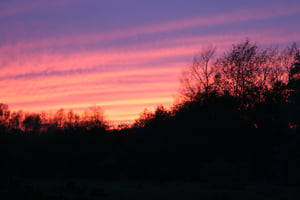Shortest Day Survey
During winter, birds need extra energy to keep warm. They also need to lay down fat reserves to help them through the long winter nights. Small birds, like Blue Tits, do not lay down a lot of fat - perhaps only enough to get them through a single night - and this means that they might be under pressure to find food as soon as day breaks.
We wanted to find out if there was a pattern to the time at which different bird species arrived at garden feeders on a winter's morning. We also wanted to see if this pattern was linked to particular things, such as eye size or the nature of the surrounding habitat.
The BTO Shortest Day Survey set out to answer these questions and, by working with the Today Programme on BBC Radio 4, we were able to do just this.
Find out more about what happens to small birds on cold nights
Find out about the daily cycle of activity at garden feeding stations
See the results of the BTO Shortest Day Survey
Jump to the scientific papers that emerged from this survey:
1. Urbanization and time of arrival of common birds at feeding stations.
2. Eye size and the time of arrival of birds at garden feeding stations in winter.
There is now a follow up to this survey, the Early Bird Survey, which investigates whether light pollution has any effect on the foraging behaviour of garden birds.







Share this page